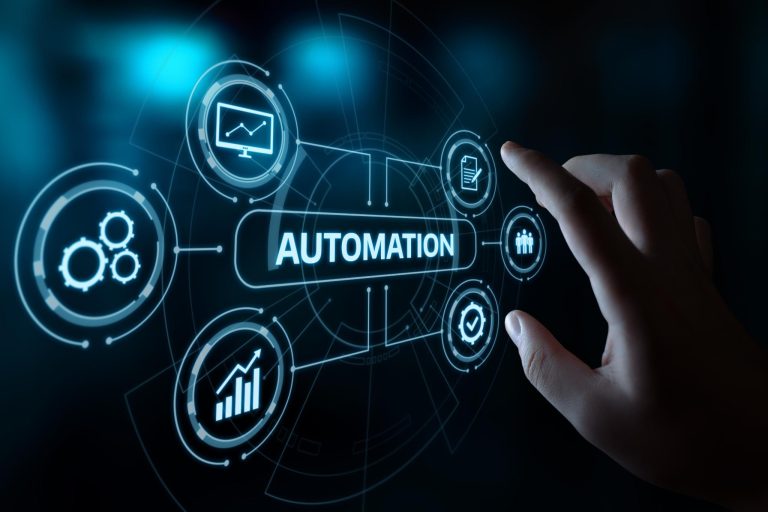Unlocking Efficiency and Growth: Where to Start with Marketing Automation
In digital marketing, staying competitive requires a delicate balance between personalized engagement and efficient resource utilization. This is where marketing automation steps in, offering businesses the power to streamline repetitive tasks, nurture leads, and deliver targeted content. However, for those new to the concept, embarking on a journey into marketing automation might feel overwhelming. Fear not, as this article will guide you through the essential steps to kickstart your marketing automation journey.
1. Understand Your Audience: Marketing automation is most impactful when it caters to the needs and preferences of your target audience. Develop detailed buyer personas to understand their pain points, preferences, and behaviors. This knowledge will empower you to create content and workflows that resonate with your audience, nurturing them through the buyer’s journey.

2. Define Your Goals and Objectives: Before diving into the sea of marketing automation tools and strategies, it’s crucial to outline your goals. Are you aiming to boost lead generation, improve customer retention, or enhance your overall brand presence? Defining clear objectives will help you tailor your automation efforts effectively. Remember, marketing automation is a means to an end, and having a clear destination in mind will keep your efforts focused.
3. Choose the Right Tools: The market offers a plethora of marketing automation tools, each with unique features and capabilities. Begin by assessing your needs and budget. Start with user-friendly tools that offer essential automation functionalities such as email marketing, lead scoring, and segmentation. As your familiarity with marketing automation grows, you can explore more advanced tools that integrate with your customer relationship management (CRM) system and offer sophisticated workflows.
4. Start Small: Don’t try to automate every aspect of your marketing strategy right away. Begin with a small-scale automation project, such as a welcome email series for new subscribers or an abandoned cart email for e-commerce. This approach allows you to learn the ropes, understand the tool’s capabilities, and gauge the effectiveness of your automation efforts.
5. Craft Personalized Content: Automation doesn’t mean sacrificing personalization. It enables you to deliver hyper-targeted content based on user behavior and preferences. Utilize data collected from your CRM and other sources to segment your audience and tailor your messages. Whether it’s a birthday discount or product recommendations based on past purchases, personalized content enhances customer engagement.
6. Build Customer Journeys: Marketing automation is all about orchestrating customer journeys. Visualize the paths your customers take, from initial awareness to conversion and beyond. Create workflows that guide them through each stage, delivering relevant content and offers along the way. A well-structured customer journey increases the chances of conversion and builds lasting relationships.
7. Monitor, Analyze, and Refine: Marketing automation is an iterative process. Regularly monitor your campaigns’ performance and analyze the data. Which emails have the highest open rates? What triggers lead to the most engagement? Use these insights to refine your strategies. A/B testing various elements of your automation, such as subject lines, call-to-action buttons, and send times, can provide valuable insights for optimization.
8. Provide Opt-Out and Human Touch: While automation can enhance efficiency, it’s crucial to strike a balance between automation and the human touch. Always provide recipients with the option to opt out of communications, and be prepared to handle inquiries that require a personal response. Building relationships requires genuine engagement, and automation should complement, not replace, human interaction.
In conclusion, marketing automation presents a golden opportunity to elevate your marketing efforts to new heights of efficiency and effectiveness. By defining your objectives, understanding your audience, selecting the right tools, and crafting personalized content, you can embark on a successful journey into marketing automation. Remember, the key is to start small, learn, adapt, and continuously refine your strategies for optimal results.




